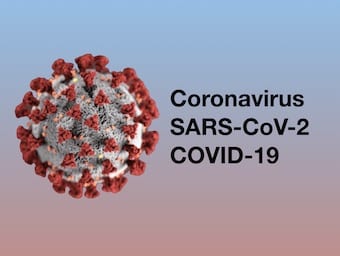
Perhaps something isn’t always better than nothing
Dr Laura Duggan discusses recent research quantifying airborne particle exposure when using aerosol containment devices for intubation.

Dr Laura Duggan discusses recent research quantifying airborne particle exposure when using aerosol containment devices for intubation.

Why science by press release is bad, despite optimism about the findings of the Recovery trial and the role of dexamethasone in the management of COVID-19.

Dr Chris Hicks (@humanfact0rz) and Prof Peter Brindley (@docpgb) discuss key issues and controversies in the care of critically ill patients with COVID-19 in a miniRAGE podcast.

Overcoming uncertainty in the Age of COVID-19. Part 7 of the "COVID-19: Keeping the baby in the bath" series.

Novel drug therapies and clinical research. Part 6 of the "COVID-19: Keeping the baby in the bath" series

Implementation ,testing, and development of innovations into clinical practice. Part 5 of the "COVID-19: Keeping the baby in the bath" series.

Part 4 of "COVID-19: Keeping the baby in the bath" discussing the setting of positive end expiratory pressure (PEEP) in critically ill COVID-19 patients.

Part 3 of the "COVID-19: Keeping the baby in the bath" series discussing whether COVID-19 is part of acute respiratory distress syndrome (ARDS) and the importance of lung compliance.

SARS-CoV-2 infection and pathogenesis: hyperinflation, thrombosis and resp failure (proposed mechanisms). Ilustraciones clínicas para la educación médica

Shoutouts for the COVID-19 Critical Care Staff Wellbeing Survey; and ED screening and patient flow management of suspected COVID-19 patients

Overview of lung imaging for COVID-19 pneumonia, from a critical care perspective (Critical Care Compendium)

Some experts divide patients in two separate phenotypes: The “L” phenotype characterized by a hypoxemic failure and “low elastance” lungs (high compliance) and the “H” phenotype with “high elastance and recoil” lungs (lower compliance).